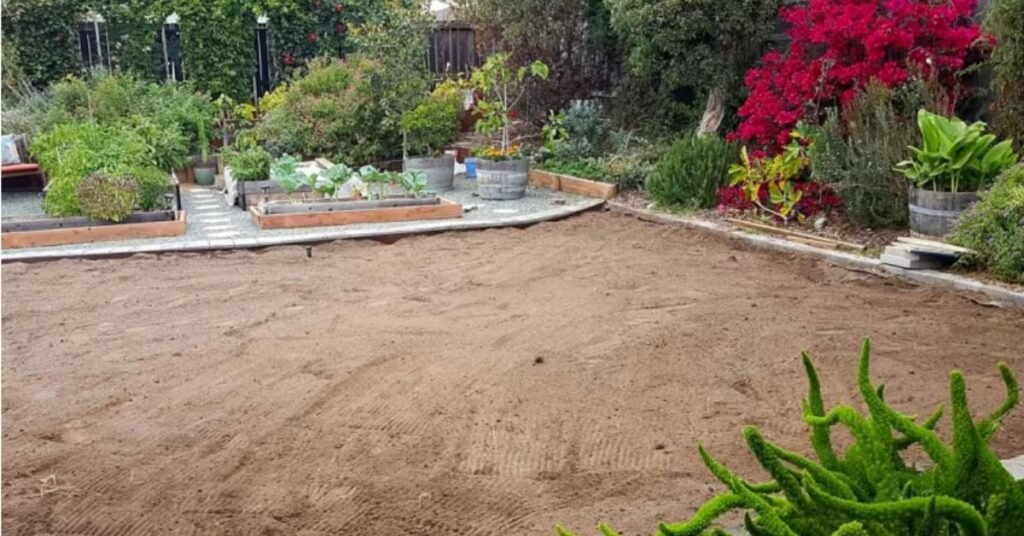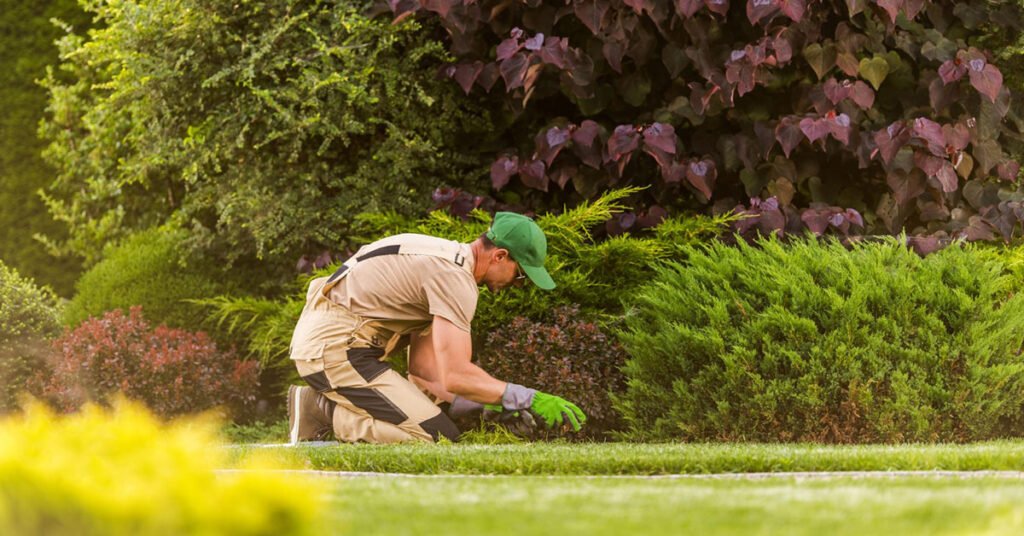When embarking on a career in the landscaping industry, understanding the tools and materials at your disposal is crucial. One common material you’ll encounter is landscape fabric. This versatile product is often used to control weeds, but many beginners wonder: does landscape fabric kill grass? In this blog post, we’ll explore does landscape fabric kill grass. Let’s get started.
What is Landscape Fabric?
Landscape fabric, also known as weed barrier fabric, is a porous material designed to allow water and nutrients to reach the soil while preventing weeds from growing through it. It is commonly used in gardens, flower beds, and other landscaped areas to reduce weed growth and maintenance.
How Does Landscape Fabric Work?
Landscape fabric works by creating a barrier that blocks sunlight from reaching the soil surface. Without sunlight, weed seeds cannot germinate, and existing weeds are deprived of the light they need to grow. The fabric also reduces soil erosion and helps retain moisture, which can benefit the plants you want to cultivate.
Does Landscape Fabric Kill Grass?
Yes, landscape fabric can kill grass, but it’s not an instantaneous process. When landscape fabric is laid over grass, it blocks sunlight and air from reaching the grass blades. Over time, this causes the grass to weaken and die due to lack of photosynthesis and oxygen. Here’s how it works:
Blocking Sunlight
Grass, like all plants, needs sunlight to perform photosynthesis. When you cover grass with landscape fabric, you prevent sunlight from reaching the grass, disrupting its ability to produce food.
Oxygen Deprivation
Grass roots need oxygen to survive. The fabric restricts the flow of air to the soil, leading to oxygen deprivation for the grass roots.
Moisture Retention
While retaining moisture can be beneficial for other plants, it can lead to fungal growth and other issues that further weaken the grass.
Best Practices for Using Landscape Fabric
Understanding how landscape fabric affects grass is essential, but using it effectively is equally important. Here are some best practices for incorporating landscape fabric into your projects:
1. Proper Installation
Ensure the ground is clear of debris and weeds before laying down the fabric. This involves mowing the grass as short as possible or even removing it entirely if necessary. Secure the fabric with landscape staples to prevent it from shifting.
2. Choosing the Right Fabric
Not all landscape fabrics are created equal. Choose a high-quality, durable fabric that suits your project’s needs. Woven fabrics are stronger and more durable, while non-woven fabrics are better for areas with less foot traffic.
3. Mulching Over the Fabric
Covering the fabric with mulch enhances its effectiveness. Mulch provides additional protection against weeds, retains moisture, and improves the aesthetic appeal of the landscaped area.
4. Regular Maintenance
Even with landscape fabric, some weeds may still manage to grow through the seams or holes. Regularly check your landscape for any weeds that need to be removed and ensure the fabric remains properly secured.
Alternatives to Landscape Fabric
While landscape fabric can be effective, it’s not always the best solution for every situation. Here are some alternatives to consider:
1. Organic Mulch
Using organic mulch like wood chips, straw, or leaves can provide weed control while also enriching the soil as it decomposes. This method is environmentally friendly and improves soil health over time.
2. Herbicides
Selective herbicides can target weeds without harming grass or other plants. However, their use requires careful handling and knowledge to avoid damaging desired vegetation.
3. Manual Weeding
For smaller areas, manual weeding can be a practical option. While labor-intensive, it allows for precise control over which plants are removed.
Read More: How To Make Money In The Winter As A Landscaper
Conclusion
In conclusion, landscape fabric can effectively kill grass by blocking sunlight and oxygen, leading to the grass’s eventual demise. However, its use should be strategic and well-planned. For those starting a career in the landscaping industry, mastering the proper use of landscape fabric and understanding its impacts are crucial skills.
Whether you choose to use landscape fabric or explore alternative methods, the key is to tailor your approach to the specific needs of each project.



